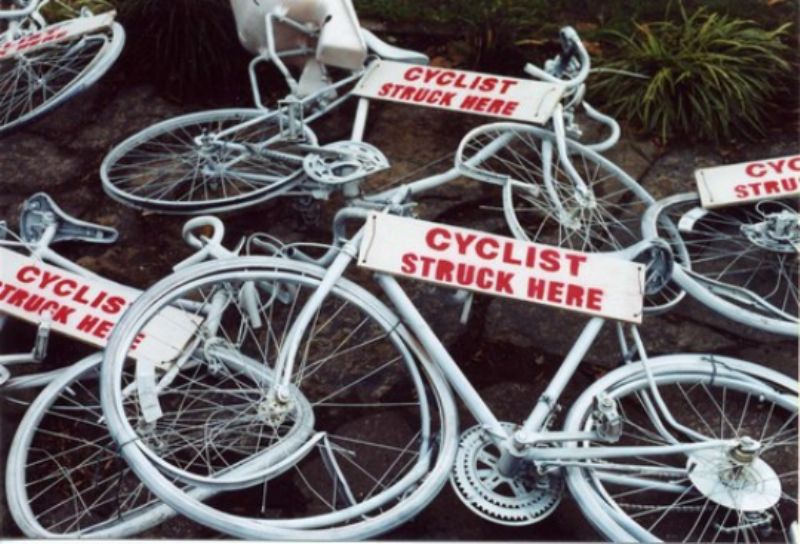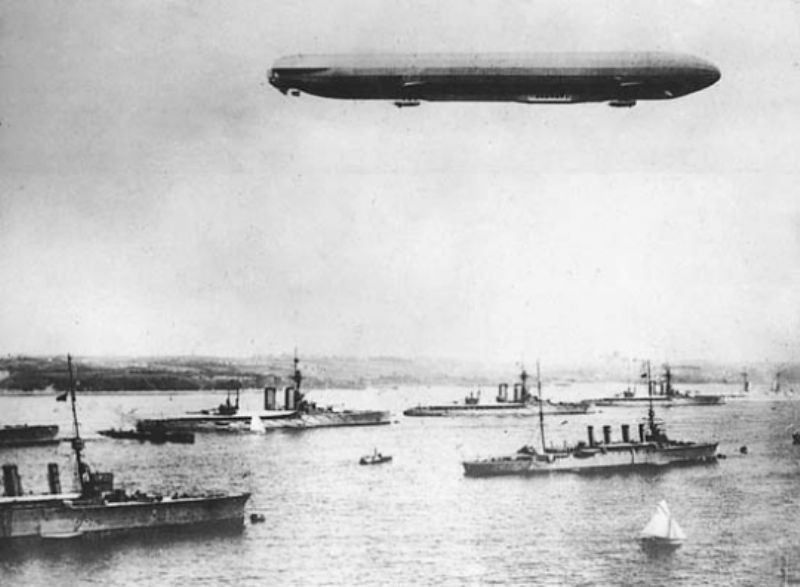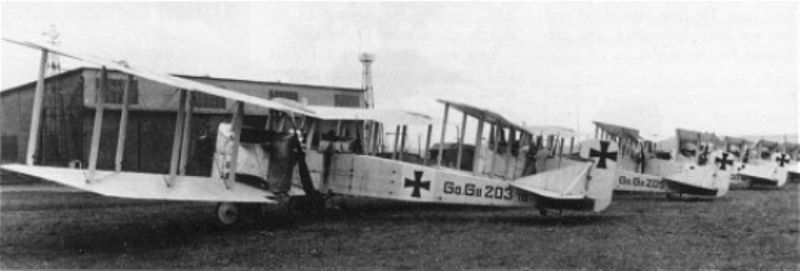With the financial world tumbling around our ears, Charmian and I went early in the week to find out more about the London Accord from Michael Mainelli of the Z/Yen Group. A fascinating initiative which aims to blend social, environmental and financial agendas and that deserves to be even more widely known. A little later in the week, Doug Miller of the European Venture Philathropy Association kindly came in and did a 101 session for a group from Volans and SustainAbility. Spent a fair amount of the week doing client work, writing articles and preparing presentations, all of which are tending to refer back to the work of Nikolai Kondratiev and Joseph Schumpeter, two economists whose work had a profound influence on the way I see the world.
London’s future as a financial centre is being questioned by some as the market turmoil continues, but the current crisis and suffering is put in perspective by something Elaine told me today. I have always wondered why the Piccadilly Line jinks about and makes such a screeching noise between South Kensington and Knightsbridge stations. The reason, according to Catherine Arnold’s book Necropolis, is that the line had to be routed around huge numbers of corpses that had been buried near Rotten Row during the Great Plague. Something else to think about as I cycle nearby on my way to and from work.
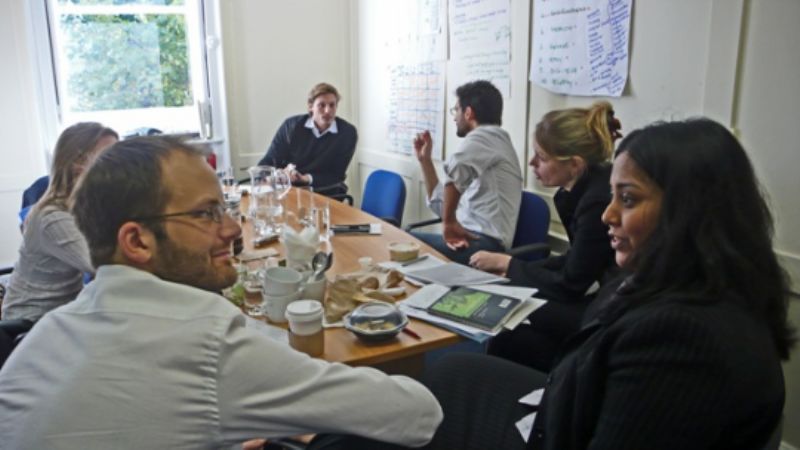 The conversation continues after Doug Miller has gone
The conversation continues after Doug Miller has gone 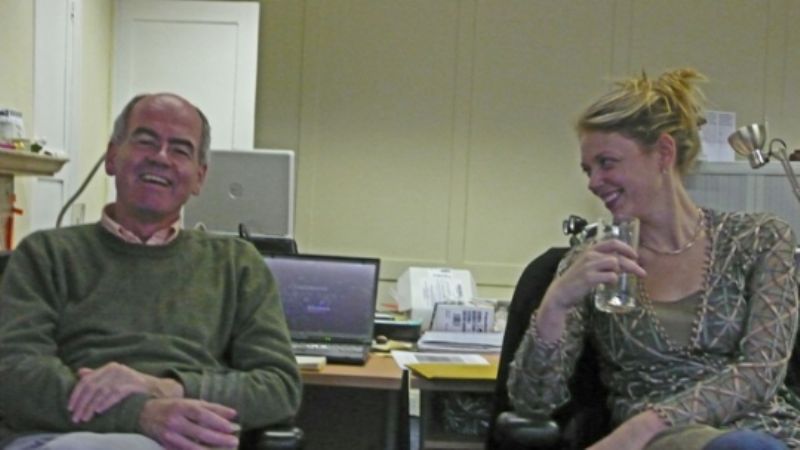 Charmian and I …
Charmian and I …  … are among those celebrating Smita’s joining full-time
… are among those celebrating Smita’s joining full-time  Sam reclines towards the end of another frenetic day
Sam reclines towards the end of another frenetic day  With Sam, Astrid and Smita: am I turning into a silver-back gorilla?
With Sam, Astrid and Smita: am I turning into a silver-back gorilla? 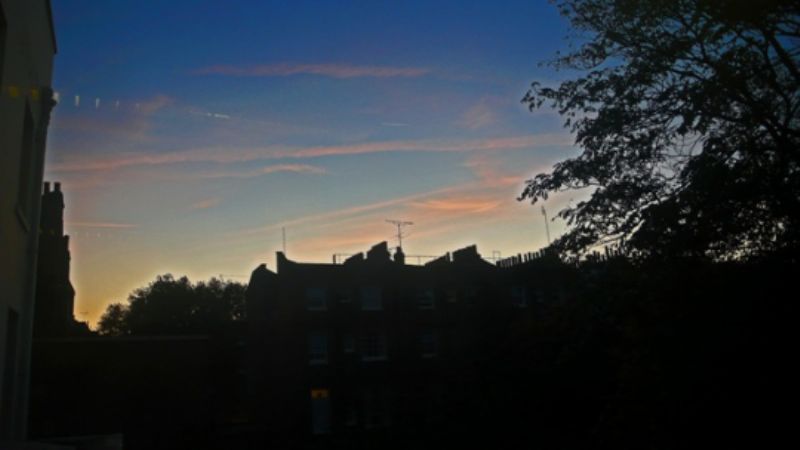 Deceptive: the sun sets over London – after another day of financial carnage
Deceptive: the sun sets over London – after another day of financial carnage


